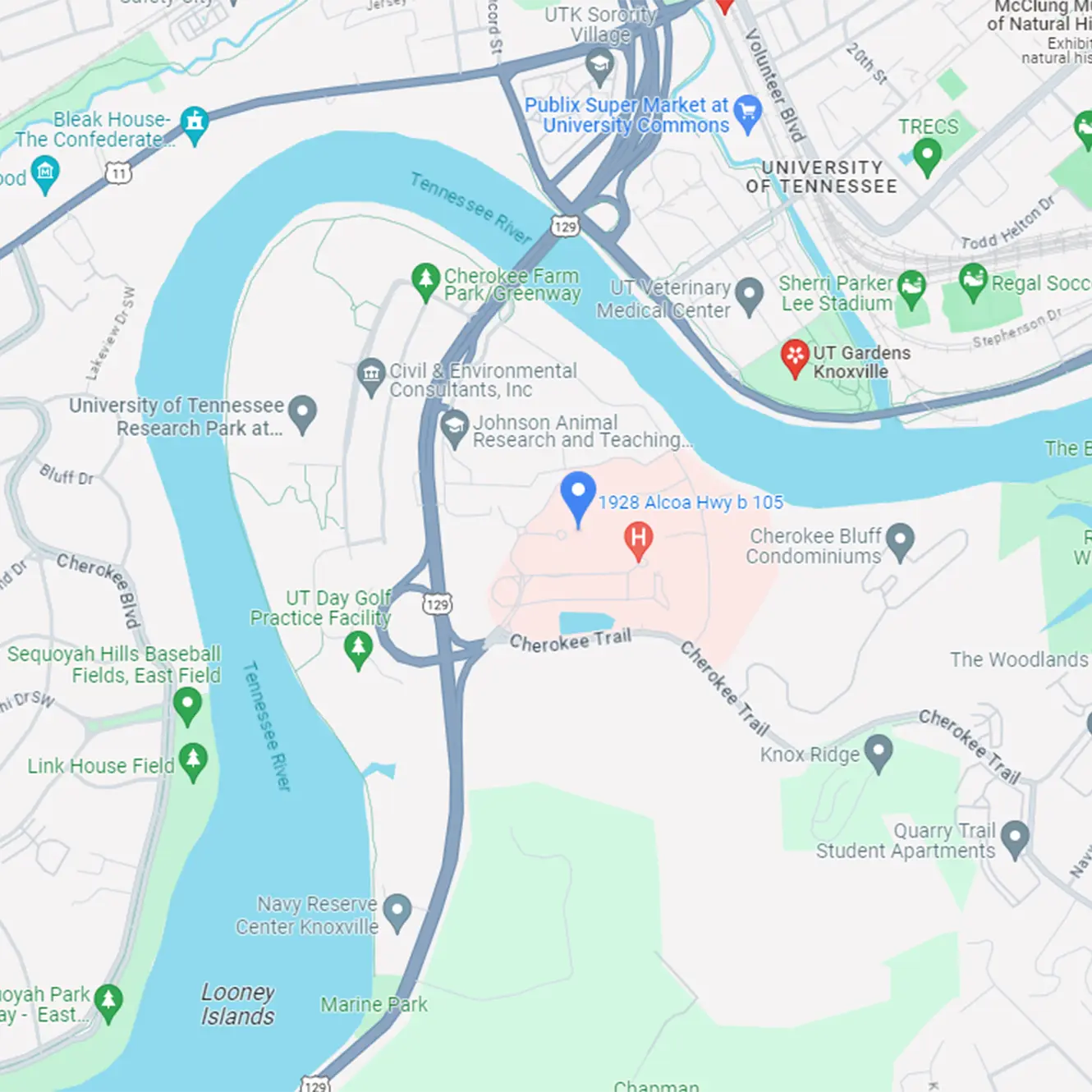Bulimia nervosa is a serious eating disorder. A person with bulimia often eats large amounts of high calorie foods in secret and usually feels like they are not in control over this overeating. After they eat a larger amount of food than most people would eat under similar situations (binge), they try to get rid of the food they just ate. There are two sub-types of bulimia nervosa:
-
- Purging type bulimics self-induce vomiting (usually by triggering the gag reflex or ingesting emetics such as syrup of ipecac) to rapidly remove food from the body before it can be digested, or use laxatives, diuretics, or enemas.
- Non-purging type bulimics (approximately 6%–8% of cases) exercise or fast excessively after a binge to offset the caloric intake after eating. Purging-type bulimics may also exercise or fast, but as a secondary form of weight control.
It may not be readily apparent to others that something is wrong. A person with bulimia is often at a normal weight but see themselves as overweight. Like people who have anorexia, they have a fear of gaining weight, want to loose weight, and are unhappy with their body size and shape.
Cycles of out-of-control binge eating may stop when they are interrupted by another person, or the stomach hurts from overextension. This cycle may be repeated several times a week or, in more serious cases, several times a day,and may directly cause:
- Chronic gastric reflux after eating
- Dehydration and hypokalemia (lower-than-normal amount of potassium in the blood caused by frequent vomiting)
- Electrolyte imbalance, which can lead to cardiac arrhythmia, cardiac arrest, and death
- Esophagitis, or inflammation of the esophagus
- Oral trauma, in which repetitive insertion of fingers or other objects causes lacerations to the lining of the mouth or throat
- Gastroparesis or delayed stomach emptying
- Constipation
- Infertility
- Enlarged glands in the neck, under the jaw line
- Peptic ulcers
- Calluses or scars on back of hands due to repeated trauma from incisors (Russell’s Sign)
- Constant weight fluctuations
The frequent contact between teeth and gastric acid, in particular, may cause:
- Severe dental cavities
- Perimolysis, or the erosion of tooth enamel
- Swollen salivary glands
Bulimia can be dangerous and may lead to serious medical complications over time. Vomiting over and over again puts stomach acid in the esophagus which can permanently damage this area. Possible complications include:
- Constipation
- Dehydration
- Dental cavities
- Electrolyte imbalances
- Hemorrhoids
- Pancreatitis
- Swelling of the throat
- Tears of the esophagus from too much vomiting.
Treatment
The exact cause of bulimia is unknown. There may be many factors such as genes, certain behaviors, psychological disorders, and family and societal influnces that can play a role in this disorder.
Treatment of eating disorders is most effective when symptoms are caught early. A stepped approach is usually recommended and may include:
-
- Support groups
-
- Outpatient approaches to treatment include use of cognitive-behavioral techniques to help the person think differently about food and their body. Addressing these problems can also assist in getting appetite and eating behaviors back on track.
-
- Family support is also essential in treating eating disorders. Increased monitoring around mealtime decreases the chances that they can purge after meals.
-
- Medication, like Prozac, can also be helpful in alleviating some of the emotional challenges when treating their eating disorder.
- Patients with eating disorders also benefit from a consultation with a nutritionist. It is essential that they have a realistic idea of what a normal diet should include.
Unfortunately, our American culture has not done much to encourage healthy eating habits in children and their food choices frequently fall short of what they need. We are available along with our nutritionists if you have any questions or concerns about your child.














